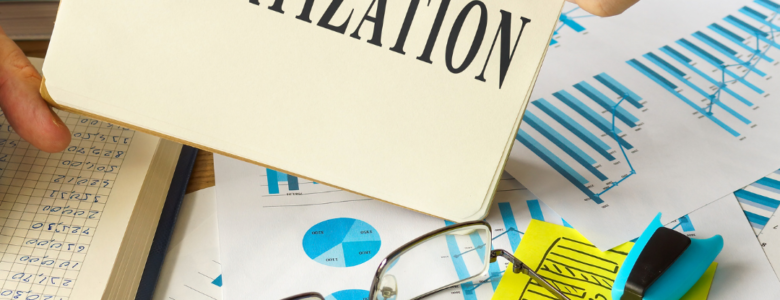Buying a home is one of the biggest investments most people make in their lifetime. The majority of home buyers need to finance their purchase, which means they will need to get a mortgage. When you take out a mortgage, you’ll have to pay back the amount you borrow over a certain period of time, typically 15 or 30 years. But how exactly does paying back a mortgage work? This is where mortgage amortization comes into play.
In this blog post, we’ll cover everything you need to know about mortgage amortization, including what it is, how it works, and how to calculate it.
What is Mortgage Amortization?
Mortgage amortization is the process of paying off a mortgage over time, typically through regular monthly payments. Each payment consists of both principal (the amount borrowed) and interest (the cost of borrowing). The goal of mortgage amortization is to fully pay off the loan by the end of the term, which is usually 15 or 30 years.
The term “amortization” comes from the Latin word “amortire,” which means “to kill off” or “to extinguish.” In the context of a mortgage, amortization refers to the gradual repayment of the loan until it is fully paid off.
How Does Mortgage Amortization Work?
When you get a mortgage, the lender will give you a payment schedule. It shows the monthly amount that includes principal and interest, which changes over time as you pay down the loan.
At the start of the mortgage term, most of your payment pays interest, and only a small part goes to the principal. The lender calculates the interest based on the outstanding balance of the loan, which is higher at the beginning.
Eventually, you will pay down more of the principal, which means less interest will accrue each month. This results in a shift towards a larger portion of your payment going towards the principal, and less going towards interest.
For example, let’s say you take out a 30-year fixed-rate mortgage for $300,000 at a 4% interest rate. Your monthly payment will be $1,432.25, which is calculated using an amortization formula. In the first month, $1,000 of your payment goes towards interest, and only $432.25 goes towards the principal. By the end of the first year, you will have paid $5,350.14 in interest and $1,853.17 towards the principal.
Over time, the amount of interest you pay each month will decrease, and the amount of principal you pay will increase. By the end of the 30-year term, you will have paid off the entire $300,000 loan, plus $215,609.42 in interest.
Mortgage amortization is vital when buying a home. It involves making regular monthly payments that pay off both principal and interest. By understanding how it works and calculating it, you can make informed decisions about your home purchase and budget for your monthly payments.
Therefore, when getting a mortgage it’s crucial to comprehend the impact of interest rates and the loan term on payments. Knowing mortgage amortization helps you make informed choices and stay on track to pay off your loan on time.
If you’re buying a home or refinancing your mortgage, use online tools to calculate your mortgage amortization schedule. This will give you a better understanding of your monthly payments and help you make informed decisions.








